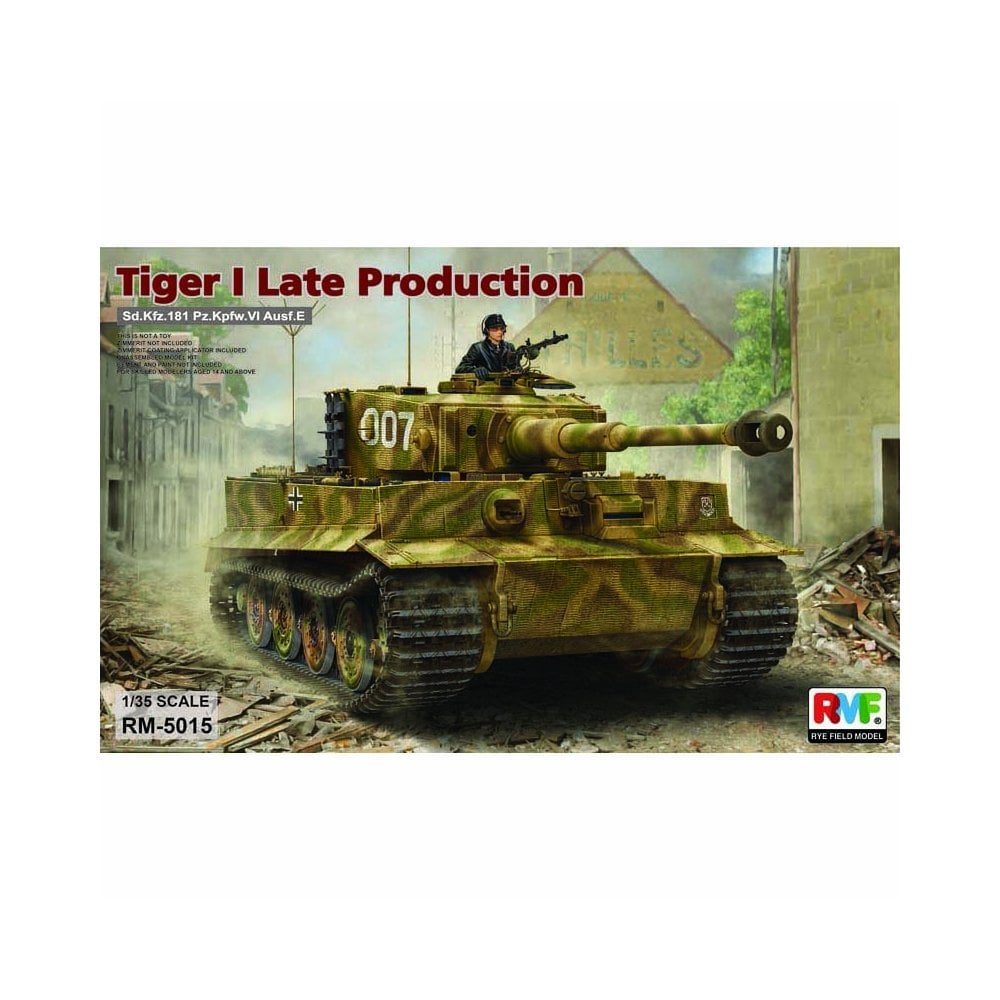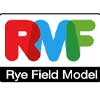£36.99 Original price was: £36.99.£33.29Current price is: £33.29.
1/35 Tiger I Late Production Rye Field RM-5015
Out of stock
1/35 Tiger I Sd.Kfz. 181 Pz.kpfw.VI Ausf. E Late Production Rye Field RM-5015 – Slight box damage, no damage to kit
The Tiger I was the end product of two separate design processes. The main body of the tank was produced by Henschel, and was the last stage in a series of heavy tanks designs that began with the Durchbruchswagen 1 of 1937-38. The turret was designed by Krupp, but was originally intended to go on a Porsche heavy tank, the VK 40.01 (P) or Porsche Tiger (the ‘Tiger’ name also came from the Porsche project). The Henschel vehicle and Krupp/ Porsche turret were paired up to produce a working tank after Porsche were unable to solve a series of problems with the power train on their tank, and the tapered bore gun that the Henschel VK 36.01 (H) was expected to carry was abandoned due to a shortage of tungsten
The PanzerKampfWage VI Ausf E ‘Tiger I’ was one of the most famous tanks of the Second World War, and was a heavily armed and armoured tank capable of taking on any of its Allied opponents. However it was produced in relatively small numbers, and was mechanically unreliable, and these combined to reduce its impact on the course of the war.
The Tiger used a more complex version of the interleaved road wheel layout introduced on the VK 30.01 (H). That had seven sets of road wheels, in four rows. The Tiger had eight sets of road wheels, in six rows. The outer row had a wheel in the 1st, 3rd, 5th and 7th positions. The second and third rows had wheels in the 2nd, 4th, 6th and 8th positions. The fourth and fifth rows were repeats of the outer row and the sixth row (closest to the hull) was the same as the second and third). There were single rows of wheels on either side of the setup and double rows in the middle.
- Royal Mail Tracked (Standard)** (£3.89) 2-3 Working Days***
- Royal Mail Tracked (Express)** (£5.99) 1-2 Working Days***
- FedEx (£8.99) Next Working Day***
- Free – 2-6 Working Days*
** Limited to maximum weight of 2kg *** These are not guaranteed delivery times and delays are possible
*Free delivery is subject to restrictions, orders between £60-£99.99 containing products that can only shipped with Royal Mail. Orders that include products like aerosols, large quantity of flammable products or over maximum size and weight allowed by Royal Mail will not be sent free and are subject to a carriage charge, Orders over £100 are not subject to restrictions and apply to UK Mainland only. Orders containing hazardous or oversized goods cannot be shipped to NI, IOM, IOW, Highlands, these are excluded from our free shipping.
Order cutoff times - Monday 11am, Tuesday to Friday 12pm.
Order processing days Monday-Friday
Working days are Monday to Friday and do not include weekends


